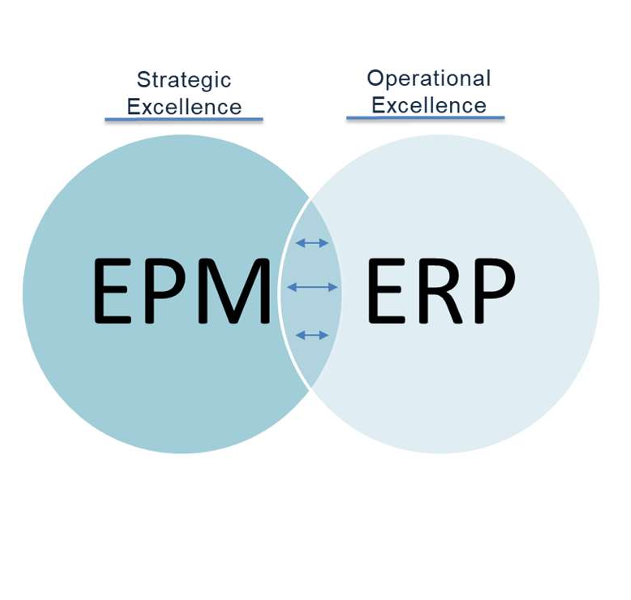Beyond the Hype

Insider’s Tips to Selecting the Right EPM Software
You’ve heard the sales pitch before: “Our solution isn’t like anything else on the market…”
When every software vendor claims to have the answer to what you need, how do you filter out the noise? How do you find the solution answering your business’ challenge?
The following four tips will help you focus on what really matters to ensure you find the right EPM solution for your needs.
1. Identify Your Top 5 Needs
The first and most important step is to list out the top features and functionality you need the solution to provide. It’s easy to lose sight of what truly matters to your business when comparing software. By keeping this list by your side throughout the software selection process, you’ll remind yourself how success will be defined. Focus on the functionality you actually need, not the “nice to have” perks.
2. Understand Your Current System & Core Skill Set
A big factor when selecting software is understanding what you use today and where your internal resources’ expertise align. It can be appealing to choose a new vendor, yet it doesn’t always make sense from an organizational perspective. For example, if you use Oracle EBS for financials, then you may want to strongly consider their EPM products. It’s not mandatory to go with this approach since most solutions have flexible integrations. However, there are efficiency and cost savings gained by using a software that is more familiar to your organization.
3. Be Realistic About Resources Available
Since your team’s capabilities are a major factor in deciding what software you select, it’s important to be realistic about their availability and expertise. Regardless of what solution is selected, you’ll need varying degrees of customization to build your model. Fortunately, you have options to successfully implement.
Option 1: Complete Implementation Using Internal Resources
Completing an implementation without any external resources is the best-case scenario for your budget. However, is this truly realistic? Most organizations either lack the resources available or resources with a specific skill set. You should consider consulting external expertise during the process. This is especially true for software requiring advanced skills to implement and maintain.
Option 2: Hire a Third Party for an End-to-End Implementation
If you determine help is needed, the most straightforward approach is to hire a third party to handle the entire implementation, including internal resource training. This approach will ensure a higher likelihood of success and cause less strain on your internal team.
Option 3: Hybrid Implementation Approach
If a third-party end-to-end implementation does not fit within the budget, an alternative is a hybrid between internal and external resources. In this scenario, the hired external resources act as a SME to design the solution, train your team and manage the implementation to ensure alignment with leading practices. Not only is this method cost effective, but it also provides a path for your team to be self-sufficient post go-live. There is one major consideration in this approach—you must ensure that your resources have the availability needed for the implementation. If this step is overlooked, you’ll risk overworking your employees and potentially miss key deadlines.
4. Do Your Own Due Diligence
Even if you plan to hire an advisor to lead your software selection process, you should still become familiar with the different solutions on the market. To find an unbiased perspective on each solution provider, start reading what top technology analysts firms, such as Gartner, have published.













